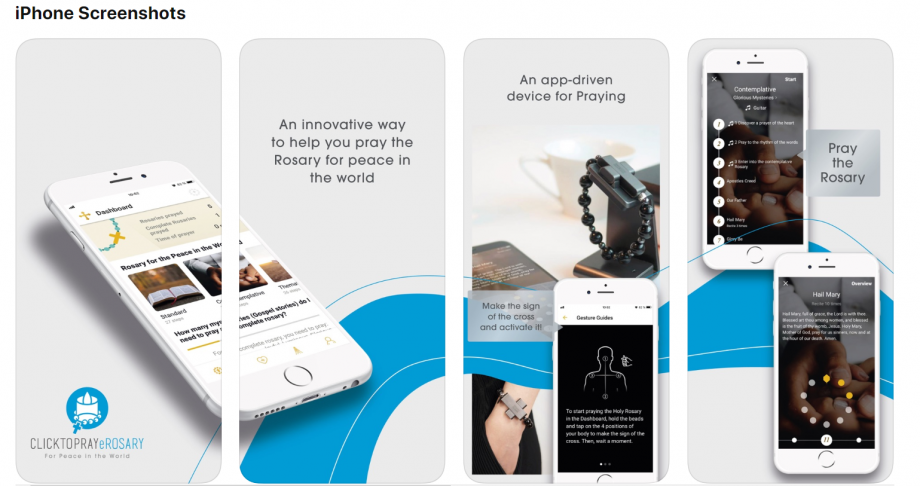The Catholic Church just released an eRosary wearable: and it’s not for what you think

Technological advancement has finally permeated the area of your life that was crying out for it most. Yes, that’s right, prayer.
With the new eRosary your prayers are more hi-tech than ever. Thank God. (Or, is that blasphemy? Sorry.)
The holy gadget is part of a push from the Vatican intended to fire up young people’s enthusiasm for the Catholic faith, using tech. They previously produced a biblical version of Pokemon Go, called ‘Follow JC GO‘.
Related: Apple Watch 5 price, release and specs
Users activate the eRosary by making the sign of a cross and wear it as a bracelet. A motion sensor is located within the cross, attached to the beads, which senses the users cross-making activation action. They can then choose a standard Rosary, a contemplative Rosary or a thematic Rosary.
The conventional non-tech Rosary refers to a prayer and accompanying string of beads or knots which are used as an aid in remembering and reciting the prayer. The capitalised ‘Rosary’ referring to the prayer itself and the non-capitalised ‘rosary’ referring the the beads.
The bracelet costs £85, or $109, and connects to the free ‘Click to Pray eRosary’ app. The app offers encouragement to pray, as well as tracking user progress, explaining the Rosary, illustrations and more.
The physical bracelet itself is made of of ten beads and the motion sensor cross.
Related: An Apple ring could be on the horizon, according to a new patent
Historically, the first rosary strings were used by early Christians to keep track of the amount of times they had said their prayers. The concept of the rosary itself was, the church’s original tradition says, presented to Saint Dominic by an apparition of the Virgin Mary. That was back in 1214. Now, in 2019, we’re sure Saint Dominic would be delighted to see a technical innovation as holy as the eRosary.
Will other religions follow suit? Could we soon see wearable tech for Protestants, Muslims, Hindus and other religious groups? We’ll have to wait and see.


